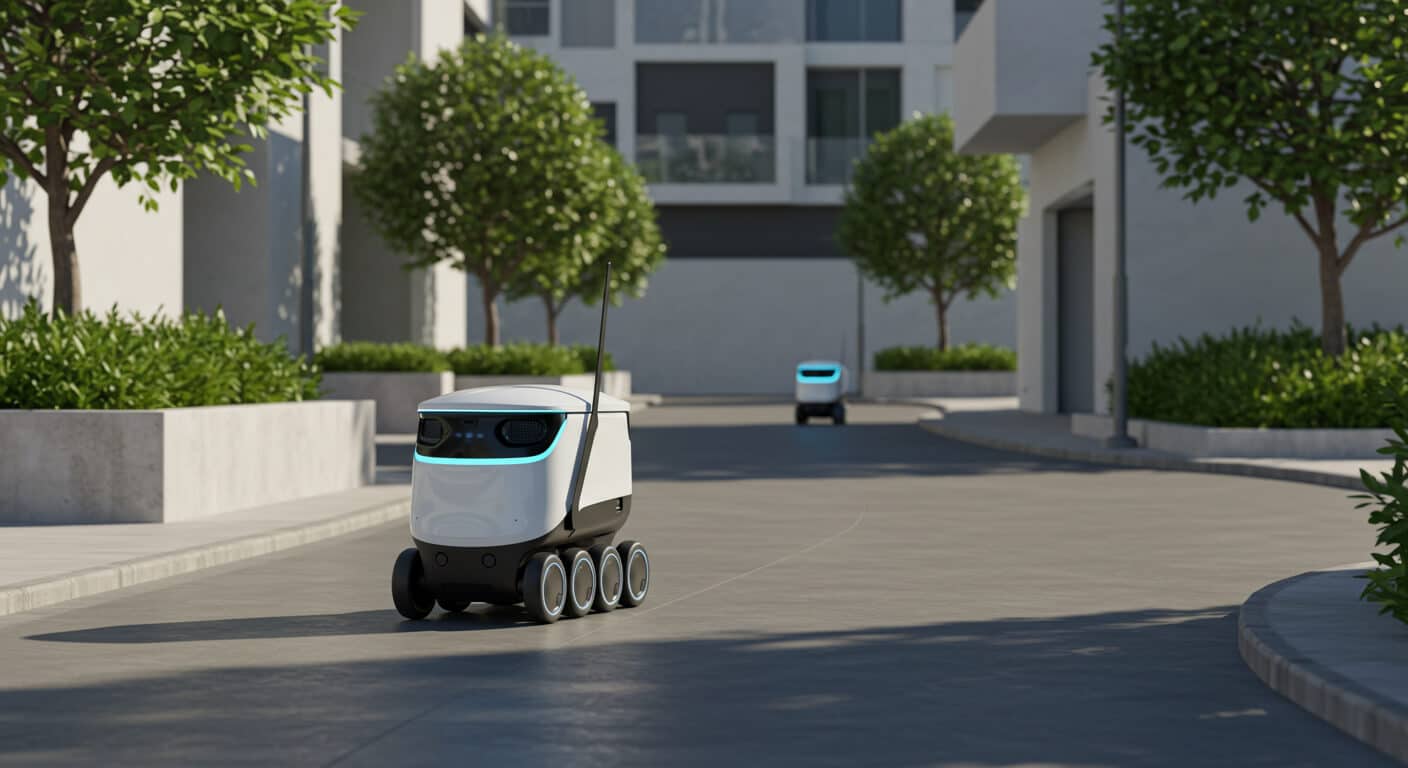
Why We Can’t Wait for Perfect AI Data: The Case for Crowdsourced AI
In the rapidly advancing world of artificial intelligence (AI), one of the biggest roadblocks for organizations and businesses is a common but understandable hesitation: “We can’t start AI until our data is perfect.” While this mindset is prevalent, it often leads to months—sometimes years—of internal efforts to clean outdated datasets. But what if this traditional approach to data collection and refinement is actually holding us back from unlocking the full potential of AI?
Instead of continuing to spend time and resources on polishing legacy data, perhaps it’s time to think differently. The solution? Crowdsourced AI data—a method that’s not only more efficient but also more ethical and sustainable. By leveraging crowdsourcing, we can create a data ecosystem that is fresh, transparent, and driven by collective input. Let’s explore how crowdsourcing can help move AI models forward, why this approach is better than fixing old data, and how it benefits all stakeholders involved.
The Roadblock: The Pursuit of Perfect Data
The need for “perfect” data is a challenge that many companies face when developing AI models. Historically, the primary focus has been on curating data that is clean, accurate, and well-structured. While this approach is important, it often leads to an endless cycle of data cleaning and refinement, delaying AI advancements for far too long. The result? AI projects are stalled, and businesses miss out on the opportunity to deploy AI solutions in real-time.
However, there’s a fundamental issue with this model: data perfection is an illusion. No dataset is entirely free of errors, biases, or inconsistencies. And in the fast-paced world of AI, waiting for perfect data means staying stuck in a cycle of analysis and preparation, rather than leveraging data that can evolve with the real world. So, what’s the alternative?
Crowdsourced AI Data: A Transparent and Collective Approach
Rather than relying on static, pre-existing datasets, crowdsourcing provides a powerful alternative. This approach invites real people to contribute data in real time. By doing so, they willingly share the information they want to contribute, and it’s transparently recorded and used to continuously improve AI models. This method not only ensures data is ethically sourced but also guarantees that it remains relevant, accurate, and continuously updated.
In crowdsourcing, data is no longer passively scraped from users without clear consent. Instead, it becomes a participatory, transparent process, where individuals actively choose to share their data. This gives people more control over the information they contribute while also ensuring that data points are authentic and precise. The result is AI that evolves from real human interaction, making it smarter and more reliable over time.
How Crowdsourcing Improves AI Models
With crowdsourced AI data, models benefit from live, up-to-date information that reflects the real-world conditions of users. AI systems are no longer relying on outdated or incomplete datasets; instead, they thrive on the dynamism that comes from active, ongoing contributions. Here’s how this plays out:
Fresher Data: Crowdsourced data is continuously updated, offering AI models more accurate insights. Instead of relying on stagnant historical datasets, AI can integrate new data in real time, allowing it to adapt and improve dynamically.
Richness of Information: Crowdsourcing enables the collection of a diverse array of data points, capturing nuances and variations that older datasets may lack. This rich, multifaceted data is essential for training AI to understand a wide range of contexts and scenarios.
Ethical Data: Unlike traditional data collection methods, where users may unknowingly provide their data, crowdsourced AI data ensures that individuals have control over what they share. They are fairly compensated for their contributions, making the process more ethical and transparent.
Real-Time Insights: By tapping into a live community of users, companies can access insights that are not only timely but also relevant. This leads to smarter AI systems that are in sync with the present rather than relying on outdated, historical patterns.
MapMetrics: Leading the Way in Decentralized Crowdsourcing

At MapMetrics, we are already embracing the power of decentralized AI data collection through the デピン (Decentralized Physical Infrastructure Networks) model. This approach allows users to contribute live mapping data, which feeds directly into AI models that continuously improve based on real-time contributions.
The beauty of this model lies in its transparency and inclusivity. Rather than waiting for perfect data from traditional sources, we are building data from scratch—data that is constantly evolving with the input of everyday users. This means that AI becomes a collective effort, where everyone’s contribution plays a part in making the model smarter and more accurate.
For users, this model offers a direct benefit. They are rewarded for their contributions, whether it’s by helping to improve the accuracy of maps or providing insights into real-world conditions. This not only creates a more dynamic data set but also builds trust within the community. With transparent, ethical data collection, users can feel confident that their contributions are valued and rewarded fairly.
The Future: Building AI with Community-Driven Data
It’s time to rethink our approach to AI data. Rather than focusing on perfecting legacy datasets, we should embrace a model of continuous, crowdsourced data generation. This method leads to fresher, more accurate data that evolves in real-time, benefiting both users and companies alike.
As we look ahead, the potential for AI to improve is limitless especially when the data it’s built on is transparent, ethical, and sourced from a collective effort. By stopping the cycle of endlessly fixing old data and focusing on building transparent, community-driven datasets, we can ensure that AI remains relevant, accurate, and dynamic in an ever-changing world.
In the end, it’s not about waiting for perfect data. It’s about creating a system where data is constantly updated, ethically sourced, and collaboratively contributed to a system where everyone benefits.


